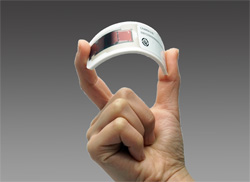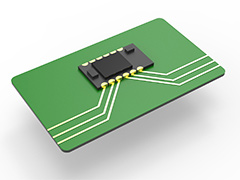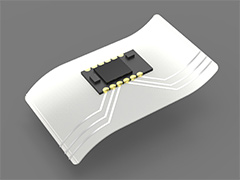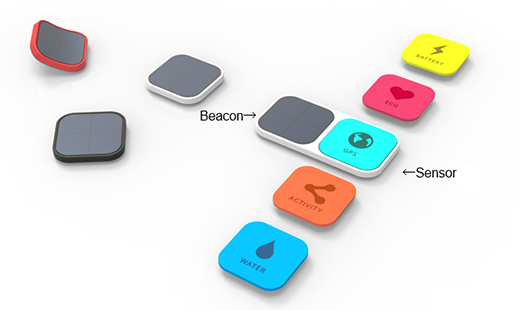Archived content
NOTE: this is an archived page and the content is likely to be out of date.
Fujitsu's Flexible, Battery-less Beacon Is First in World to Obtain ucode Tag Certification
Prototype with streamlined circuit design and manufacturing process to enhance mass-production
Fujitsu Limited
-
[1] Beacon
Equipment that uses signals transmitted by wireless stations to provide all types of information, especially location, to other devices.
-
[2] ucode Tag
A specification standardized by TRON Forum. ucode, in compliance with the International Telecommunication Union (ITU) H.642 international standard, is a system for assigning ID numbers to differentiate individual things and places. ucode's ID issuance and management is carried out by TRON Forum. Devices that store a ucode are called a ucode tag. Beacons as ucode tags fall under the Packet Format Specification for Bluetooth LE ucode Marker, announced by TRON Forum in December, 2014.
-
[3] TRON Forum
An international standardization and promotion organization actively advancing open-source, open-data and open-API for achieving ubiquitous computing (http://www.tron.org/).
-
[4] Recently developed beacon
Announced by Fujitsu Laboratories on March 25, 2015. New electric control technologies were developed, enabling the beacon to run off power from a solar cell. Press release URL: http://www.fujitsu.com/global/about/resources/news/press-releases/2015/0325-02.html
-
[5] ucode Category 2
ucode has an interface category classification basis for each feature, where Category 2 is defined as "Active RF tag (RFID tags or sensor nodes that have their own power sources, e.g. a battery, and communicate via RF)" in the "Standard of ucode Tag Interface (Category 2)," published by TRON Forum.
About Fujitsu
Fujitsu is the leading Japanese information and communication technology (ICT) company, offering a full range of technology products, solutions, and services. Approximately 159,000 Fujitsu people support customers in more than 100 countries. We use our experience and the power of ICT to shape the future of society with our customers. Fujitsu Limited (TSE: 6702) reported consolidated revenues of 4.8 trillion yen (US$40 billion) for the fiscal year ended March 31, 2015. For more information, please see http://www.fujitsu.com.
All company or product names mentioned herein are trademarks or registered trademarks of their respective owners. Information provided in this press release is accurate at time of publication and is subject to change without advance notice.
Date: 07 December, 2015
City: Tokyo
Company:
Fujitsu Limited



